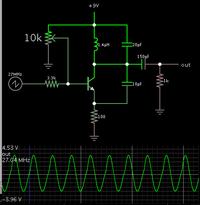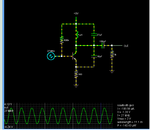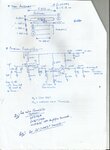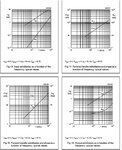Follow along with the video below to see how to install our site as a web app on your home screen.
Note: This feature may not be available in some browsers.



Should it be like this?? Plz confirm the values of the individual components......
View attachment 107845

Can u tell me how they select the value of Inductor at the collector? How is the Reactance is taken?


which software is this?
But I dont have 1.4uH inductor



You connect inductors in series to add their values but unless coupled properly you can get all kinds of strange effects, including subtracting one from the other so I would advise against it.
The simplest 1.4uH inductor is 12 turns of wire on a 10mm air core spread over 10mm length so it's fairly easy to make one.
Brian.
I made a simulation.
From what I have seen, it is common to make the inductor 1000 or more times the capacitor value. With a large ratio you have small current, and larger voltage swings.
My screenshot shows only the RF oscillator portion. I cannot be sure how much current the next stage will draw. Just as a guess I added a 1k resistor.










Well done!
Remember that it takes two ends to transfer data, more power at the sending end doesn't necessarily increase the range or make it more reliable. Before looking at power amplifiers, investigate different antennas and selective preamplifiers.
Brian.


Preamplifier: I would use the dual-gate MOSFET design but change the output capacitor to a much lower value, maybe 47pF so it doesn't detune the receiver's tuned circuit. At the moment it is designed for very wide bandwidth so the output capacitor is larger than normal. At the input I strongly suggest another tuned circuit, it will give a huge increase in gain and at the same time reject many 'out of band' signals that might cause interference.
Brian.

